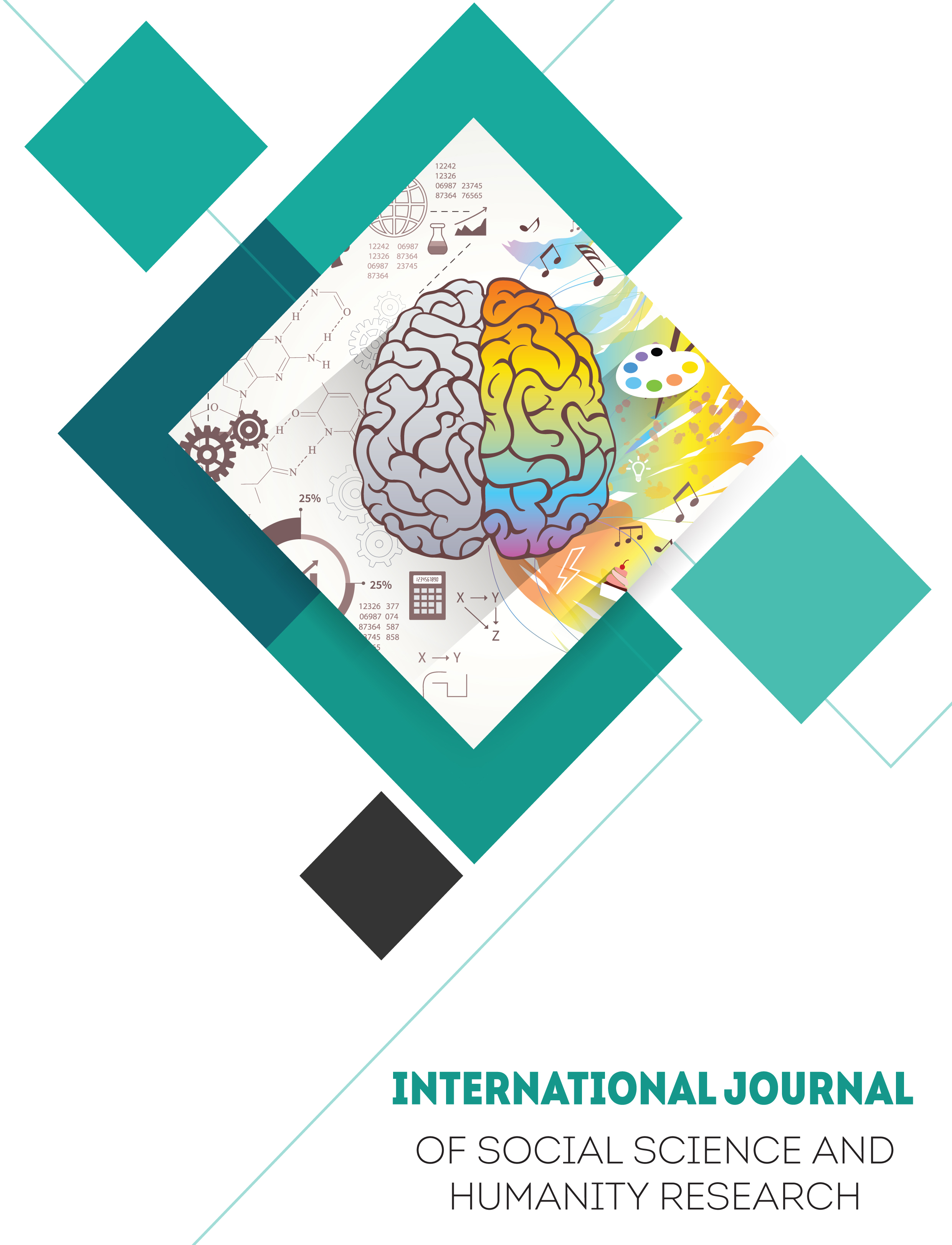Identifying Strategies for Converting Chinese Vacuous Words into English: An Examination of Translation Procedures Dependent on Sources
Main Article Content
Abstract
This study aims to investigate the process of translating Chinese empty words into English. The first step in this research is to use a parallel corpus of Chinese literary works and their English translations to identify the ways in which translators deal with empty words. Following some time, eight different translation processes are found to exist: (1) Match, (2) Paraphrase, (3) Shared Match, (4) Implication, (5) Amplification, (6) Grammatical Conveyance, (7) Borrowing, and (8) Omission (Mismatch). A significant scientific advance is being hailed for Grammatical Conveyance. Next, we will examine the adoption rates of shared match and borrowing as well as other procedures and non-procedures. In addition to the translation, this research offers two other significant insights. of meaningless Chinese terms into English. This study is the first of its kind to thoroughly list all Chinese empty words and examine how translators handle them. Second, the findings show that empty phrases in the adverbial and particle categories are the hardest to deal with. To put it another way, "meaningless platitudes aren't as tricky to decipher as previously held beliefs would have you believe."

